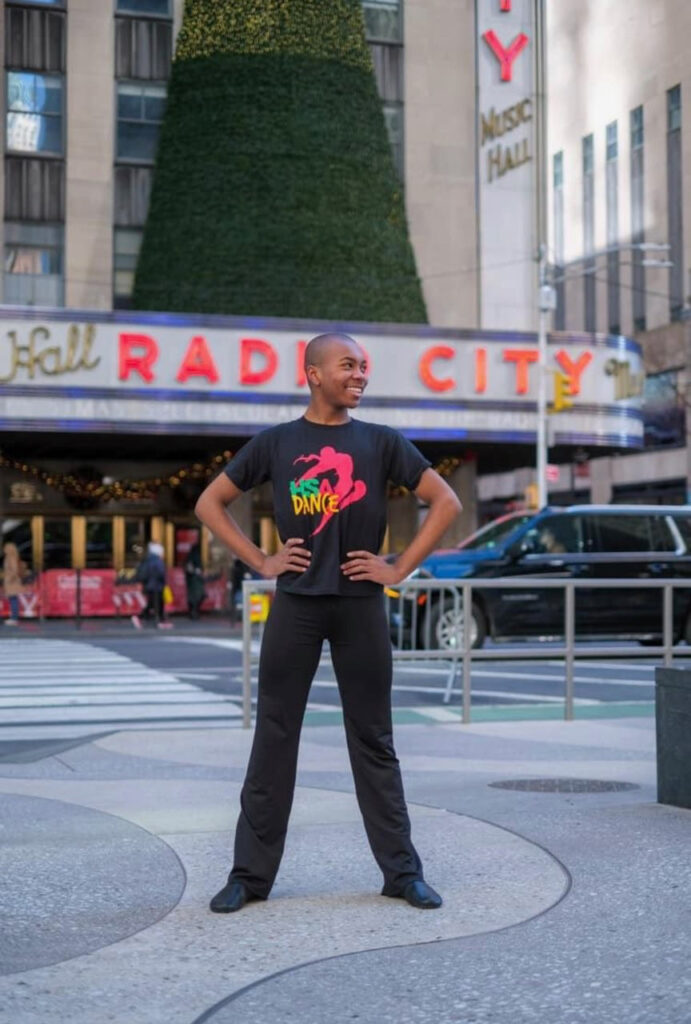
Langston Hughes said, “If you want to honor me, give some young boy or girl who’s coming along trying to create art and write and compose and sing and act and paint and dance and make something out of the beauties of the Negro race —give that child some help.”
16-year-old Max Malachi has had quite a bit of help from his parents, sister, grandparents, family friends and Harlem community institutional support from the prestigious Harlem School of the Arts (HSA). After a recent holiday performance at HSA, Max had his own rooting section in the audience where his relatives and friends hugged and embraced him when he came to greet them. I spoke to his grandmother and when she said Max loved to dance there was a twinkle in her eyes signifying love and support for her grandson. The help Langston urged, along with Max’s poise and passion for dancing, has manifested into the development of a young, talented and creative artist. These edited excerpts are from our conversation in a Harlem restaurant.
Roger: I understand you started painting when you were 7 or 8 and then started studying dance. What attracted you to dance?
Max: The freedom. Having a bad day, I can dance it out. Ms. Renea, one of my dance teachers said, “Never leave your feelings outside; bring it in and use it.”
Roger: You have been a student at the Harlem School of the Arts for 9 years. What has that experience been like for you?
Max: Beneficial for me. I needed a place where I could figure out what I wanted to do. I developed friendships. We’re always there for each other. Brothers and sisters. The instructors always positive. They want the best for me. They care about our feelings.
Roger: In the HSA Christmas show, “Home for the Holidays,” you danced various styles. Is there one style you prefer?
Max: Kind of love it all. I like contemporary. I like improvisation. Improvisation is rare in performances. Improv frees you up. In the Christmas show I performed hip hop, ballet, jazz, contemporary.
Roger: Dancing the different styles, you are also portraying various characters. How do you change styles and characters so quickly?
Max: Practice. Knowing what person goes into each dance. Mr. Simmons, one of the choreographers, tells us, “Change your dance hat.”
Roger: “Home for the Holidays” paid homage to Harlem and you lived in Harlem your entire life. How has that informed your work as an artist?
Max: Living in Harlem I first experienced graffiti. Opened my eyes to a lot of things and HSA is in Harlem.
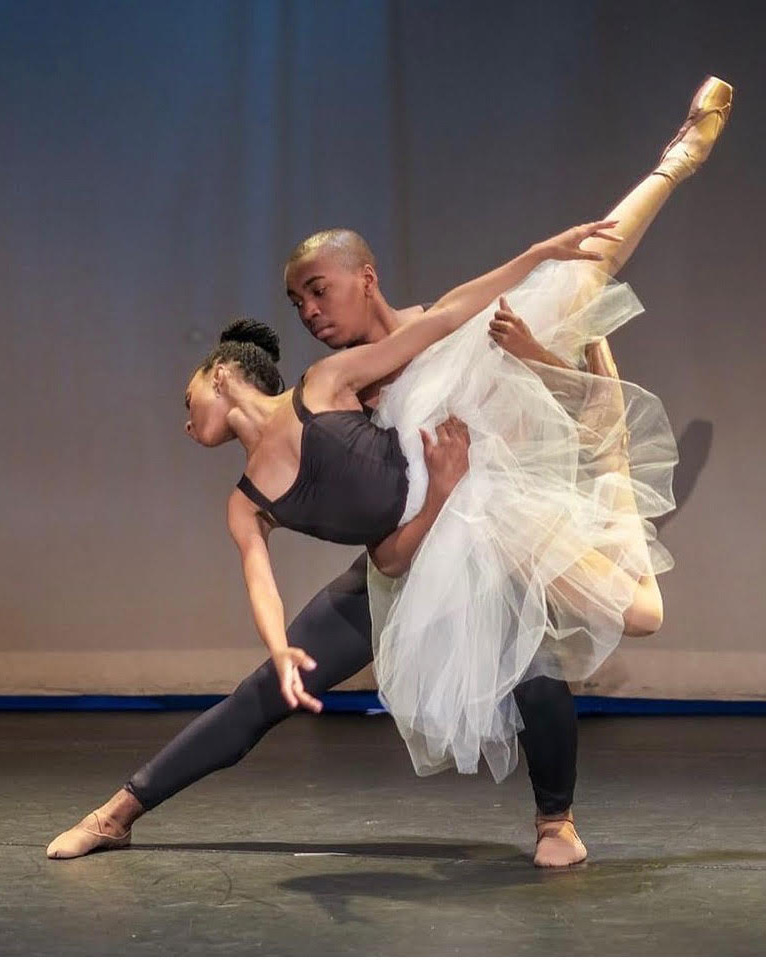
Roger: In addition to HSA, you’ve danced at the American Ballet Theatre and the Martha Graham Dance Company. What did those opportunities mean to you?
Max: At American Ballet, I did 2 years when I was 8 or 9. It helped me training wise. Helped my posture with my body and fundamentals. At Martha Graham, it gave me an opportunity to be in the Panorama Project. They get kids from all over New York City for 4 months and I had chance to dance Panorama (Martha Graham’s famed dance performance).
Roger: When you studied at the American Ballet Theatre did you take classes with Misty Copeland?
Max: (emphatic) No. I met her. Got a photo with her.
Roger: You also started studying theater in 5th grade. What was the fascination that motivated you?
Max: Fascination was that my sister did it. Acting helped me get better at dancing. Helped me get into writing, costuming and set designing.
Roger: I was told by a veteran actress and singer that her acting skills informed her singing. Do you find that to be true with your dancing?
Max: Dancers tell a story. Now I’m choregraphing and I have to create characters for the dance and translate it to the dance and dancers.
Roger: Is there anyone in your family who was in the arts who inspired you?
Max: Funny you ask. I just applied for Dance Lab and they asked me the same question. My father was into fashion designing. My mom in college was into filmmaking. Mom’s filmmaking got me into photography, and I used to look at my dad’s sketches.
Roger: You’re a junior at Repertory High School for Theatre Arts. How has the curriculum reinforced your dancing skills?
Max: Mostly it brings me back to the basics. It challenges all of us. Every teacher wants to see me at my best. Wants the best for me.
Roger: How do you balance school and dance?
Max: (laughs) I do not know.
Roger: When I was your age, male teenagers who wanted to study dance would sometimes get criticized by their male peers. Do you get that kind of pushback?
Max: When I was younger. Now my friends are dancers.
Roger: Whether you want to be or not, you are a positive role model for young people. How do you feel about that?
Max: My teachers talk about it. I keep forgetting I’m an ambassador for the school. Sometimes I feel I’m not a role model. Yes, I am a role model. It’s pressure on kids trying to live their lives.
Roger: Who are your role models?
Max: (laughs) I don’t have one. I do what feels good for me. I get inspired by everything. I saw a rat on the subway. Painted a rat as an art piece.
Roger: Five, six years from now, what is Max Malachi going to be doing?
Max: Finish high school, college. Don’t know which college. I love dance but dance isn’t stable. I hope for myself, that in ten years, whatever I’m doing I’m happy. G&S
IG: @maxdancenyc


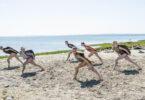
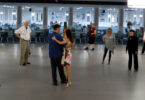
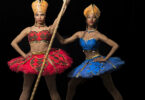
Leave a Comment